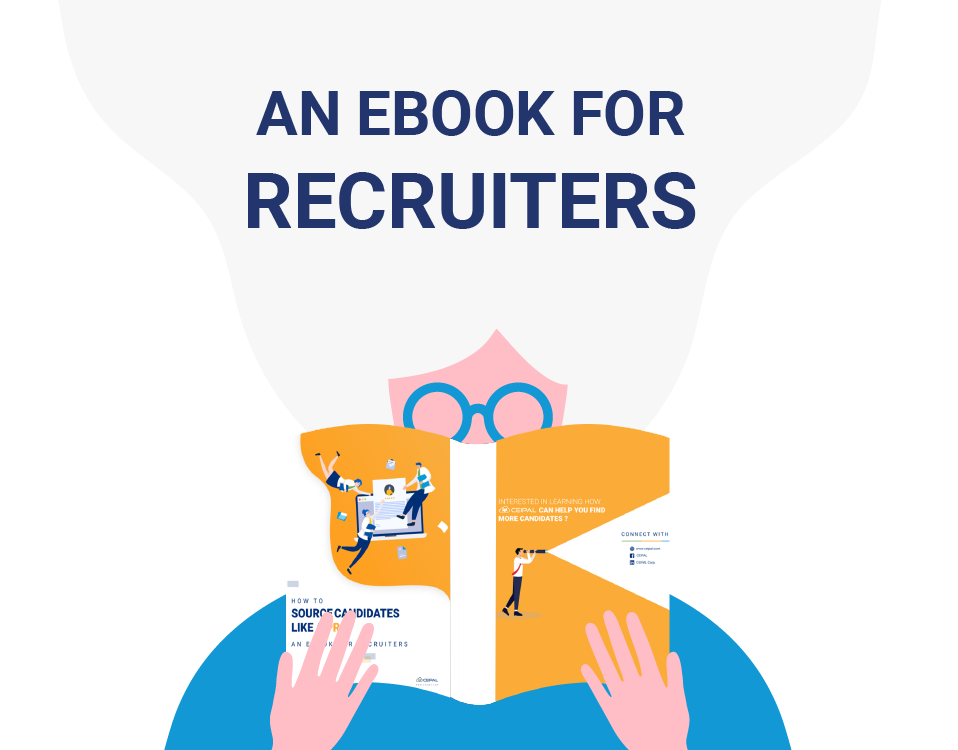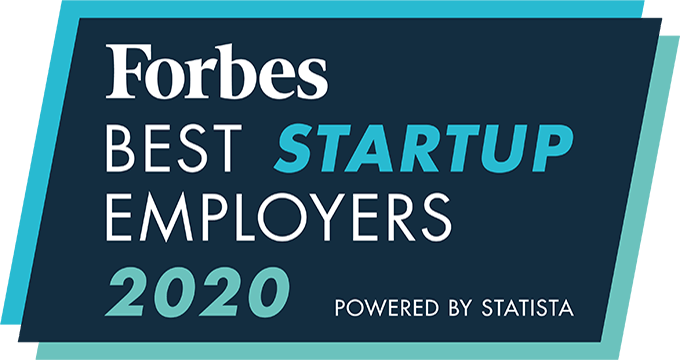Resume parsing is the process of converting resumes, CVs, and cover letters into structured data such as keywords, skills, location, experience, etc. Simply put, resume parsing software parses resumes, which means it stores, organizes, analyzes, and screens resume.
On a daily basis, recruiters have to go through hundreds and thousands of resumes to find the perfect candidate. They have to read each resume, screen them based on their skills, experience, education, etc, and then shortlist candidates. Doing this manually takes a significant amount of time and energy for recruiters, resulting in increased hiring costs and reduced productivity.
Resume Parsing Software
Resume parsing software takes the burden off recruiters and HR professionals by automatically parsing thousands of resumes and then screening them based on defined requirements. A resume parsing software usually comes with an applicant tracking system (ATS), which helps recruiters handle tons of parsing, making their jobs easier and faster while helping to remove human biases from the hiring process.
With advancements in NLP (Natural Language Processing), the most advanced software solutions provide very precise information extraction tools for HR tech problems. Once a resume is parsed, the information can be searched easily in the system using keywords and phrases.
Benefits of Resume Parsing
- Efficient Use of Time. With a resume parser, millions of resumes can be examined and organized in a day, giving recruiters 7x extra time to make better decisions. Parsed resumes can be instantly accessed in the ATS, which can easily automate data entry tasks. Manually analyzing each resume that candidates send takes an inordinate amount of time. With a resume parser, recruiters can get it done with this in 2-3 minutes.
- Unbiased Hiring. As the machine parses each resume, human intervention and judgment are reduced. Fields like gender, age, ethnicity, location, etc., which might cause unintentional hiring biases, can be omitted while screening. This makes the experience of the candidates inclusive and promotes diversity in hiring.
- Multiple Formats. An advanced resume parser uses machine learning (ML) algorithms to extract text and information from a document such as txt, pdf, doc, etc. This capability of the best resume parsers to determine any format is a major benefit.
- Structured Data Entry. Regardless of the number of resumes being parsed in a day, the data remains consistent, based on established parameters. As the system is based on computational data, the degree of accuracy is extremely high, leaving very little to no room for errors. With an organized pipeline of candidates, a recruiter’s productivity improves greatly.

Want to Source Candidates Like a Pro?
Read an eBook Designed for Smart Recruiters Like You
AI for Resume Parsing: CEIPAL
A good resume parsing software should integrate with an existing ATS and help streamline the process to meet recruitment goals. CEIPAL provides an AI-powered resume parsing software solution that removes human biases and helps identify the best talent within a few clicks. Using an in-house integration with an ATS gives recruiters a centralized data management system with 360-degree visibility of the entire process and business intelligence to make actionable decisions. With AI-based algorithms running in the background, recruiters can easily increase submissions by 4x or more. CEIPAL’s solution allows recruiters to:
- Upload documents or copy and paste data to create applicant profiles
- Parse any resume with Windows, Chrome, and Office 365 plug-ins
- Import resumes from OneDrive, DropBox and Google Cloud platforms
- Update profiles automatically without creating duplicates
With ATS job board integrations, resumes can be parsed online directly from any job board and save relevant information into your pipeline. Even for bulk hiring, recruiters can automate resume parsing and harvest resumes by scheduling resume bulk parsing actions at whatever time is most convenient.









